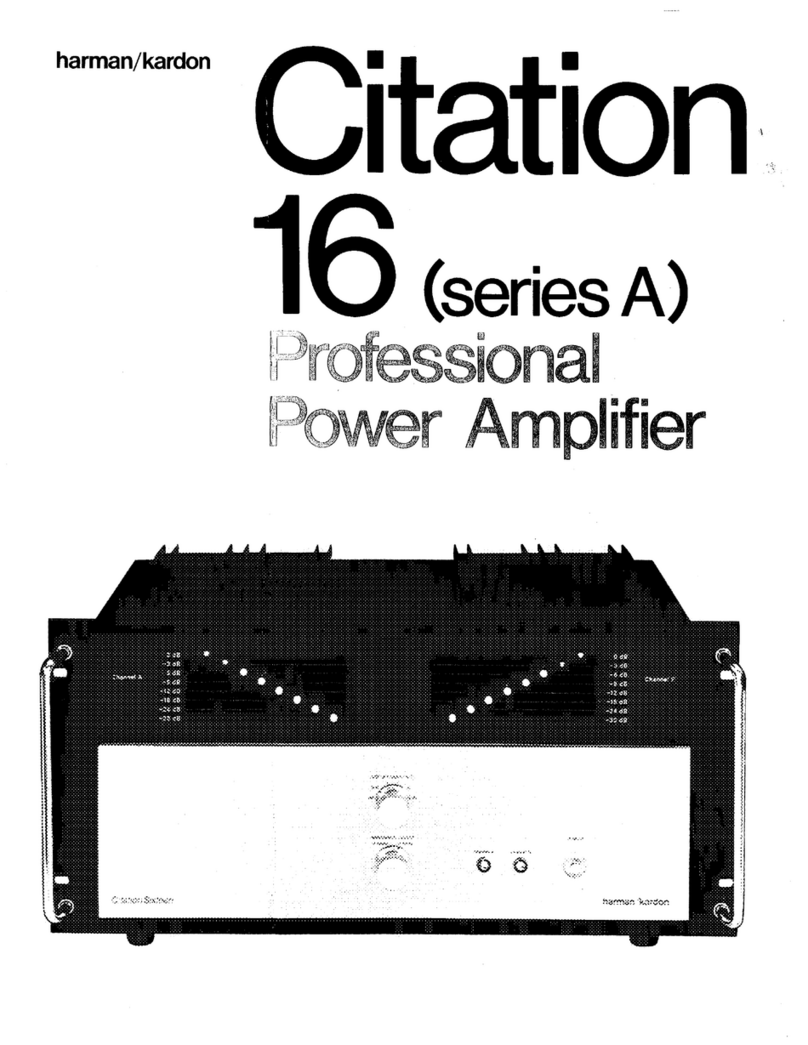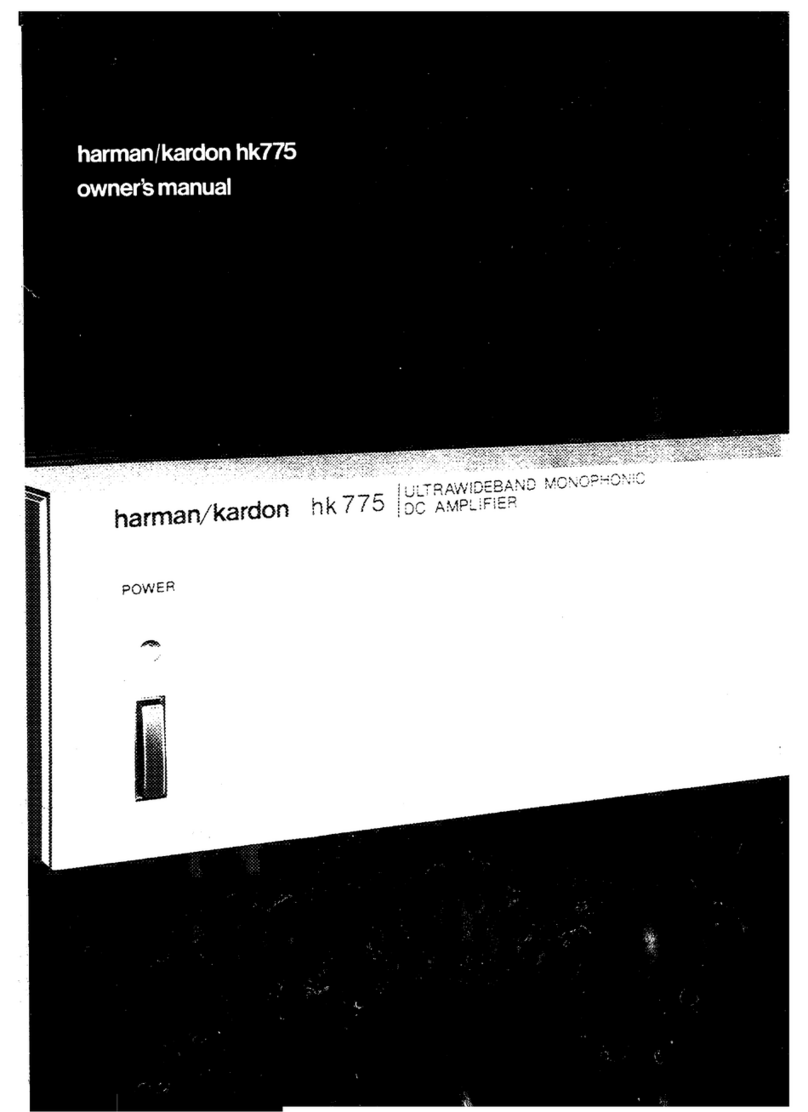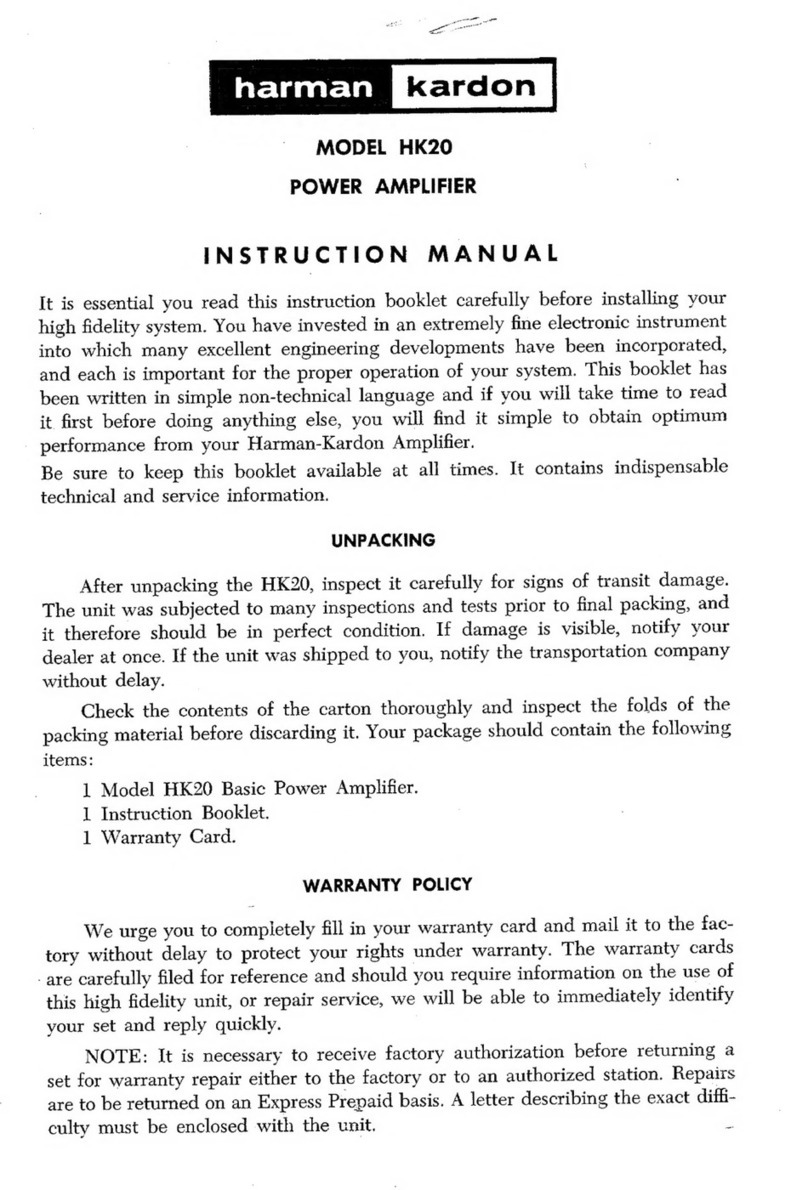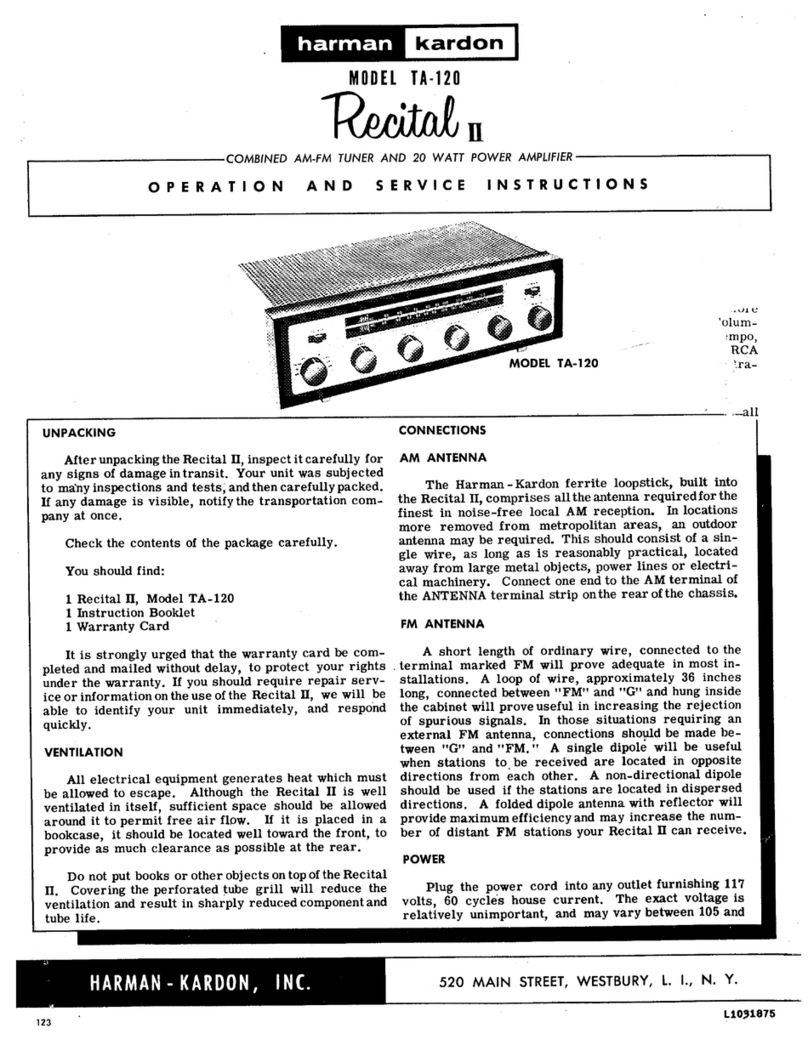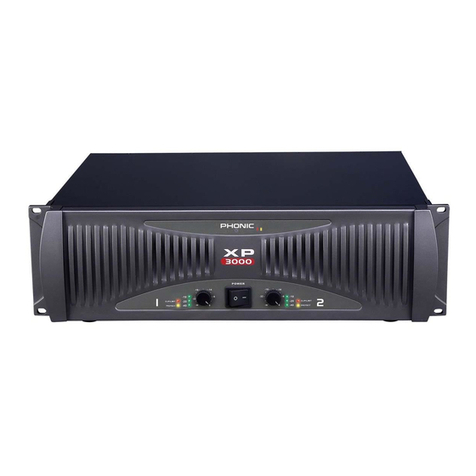Harman Kardon BALLAD User manual
Other Harman Kardon Amplifier manuals
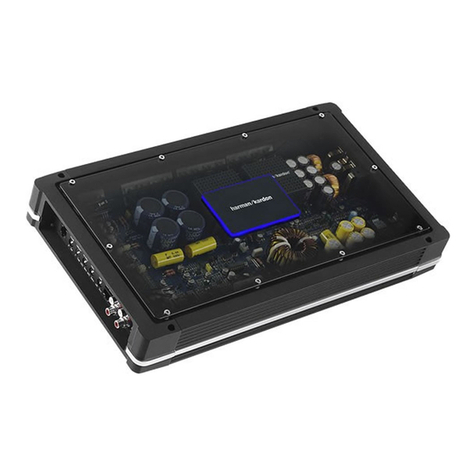
Harman Kardon
Harman Kardon CA1500M User manual
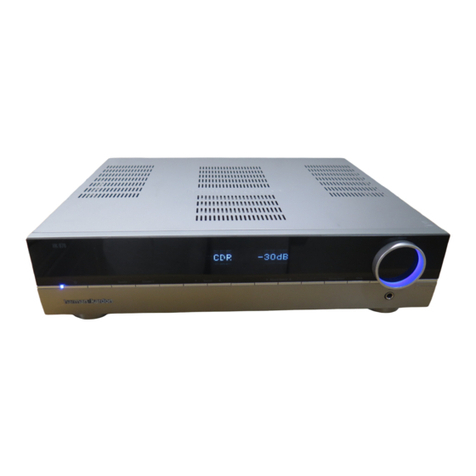
Harman Kardon
Harman Kardon HK 970 User manual
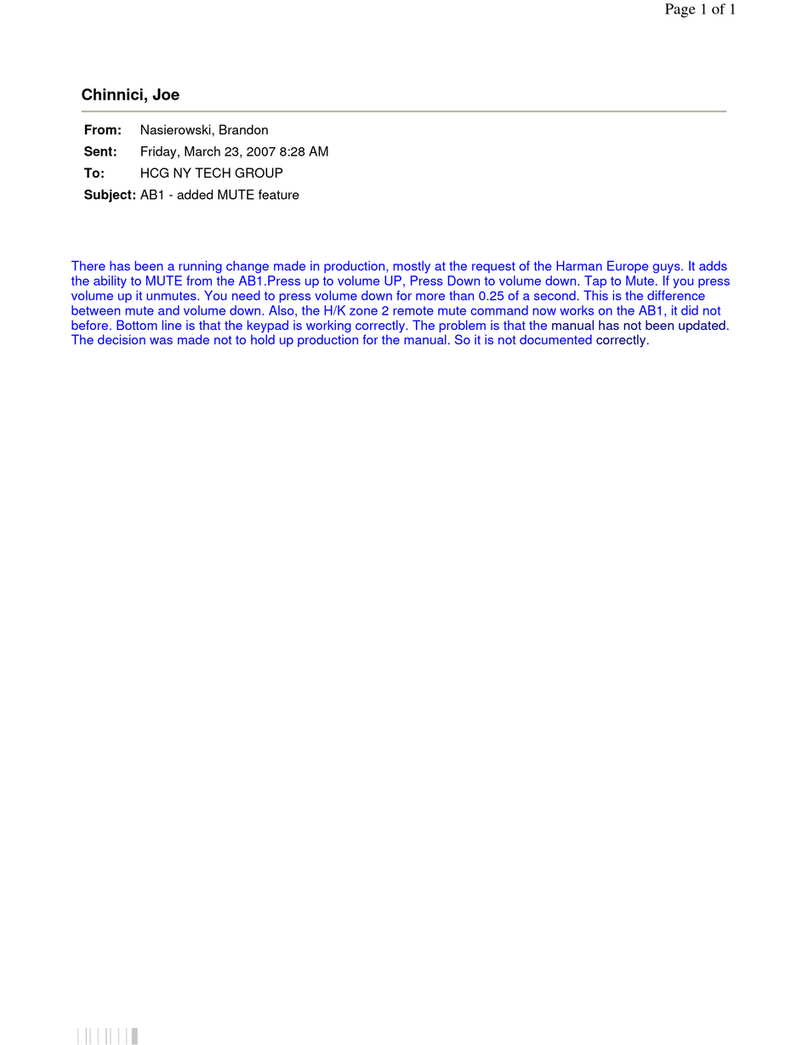
Harman Kardon
Harman Kardon AB 1 User manual
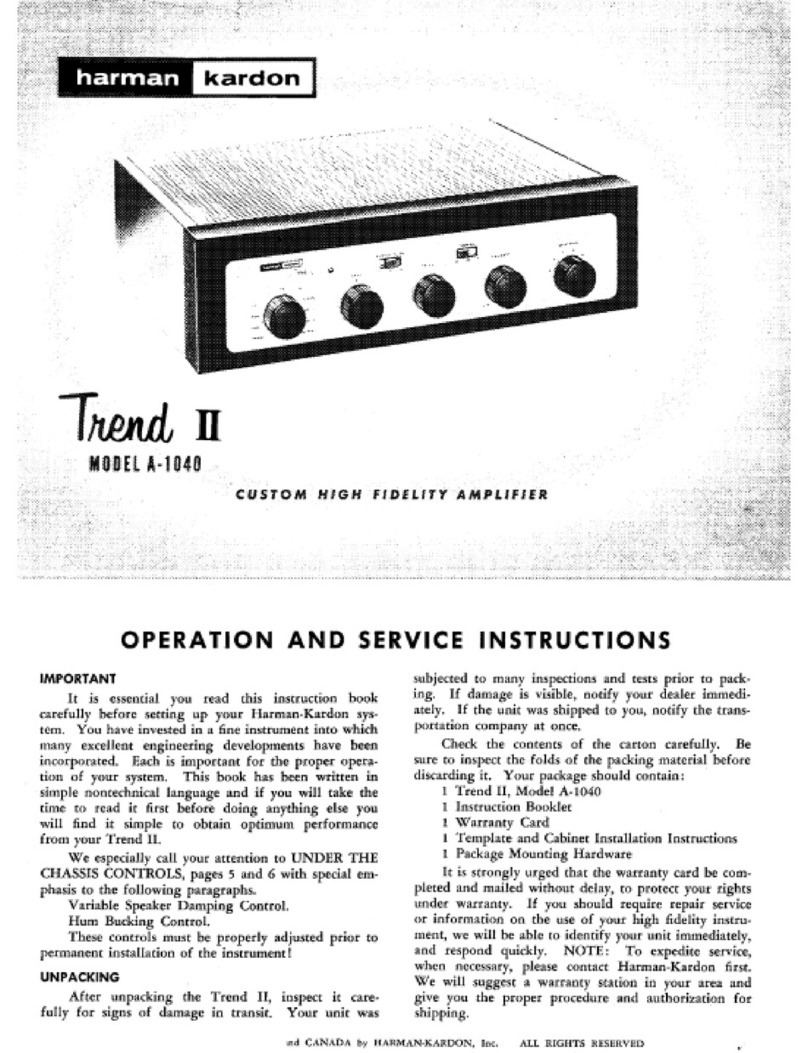
Harman Kardon
Harman Kardon A-1040 Training manual
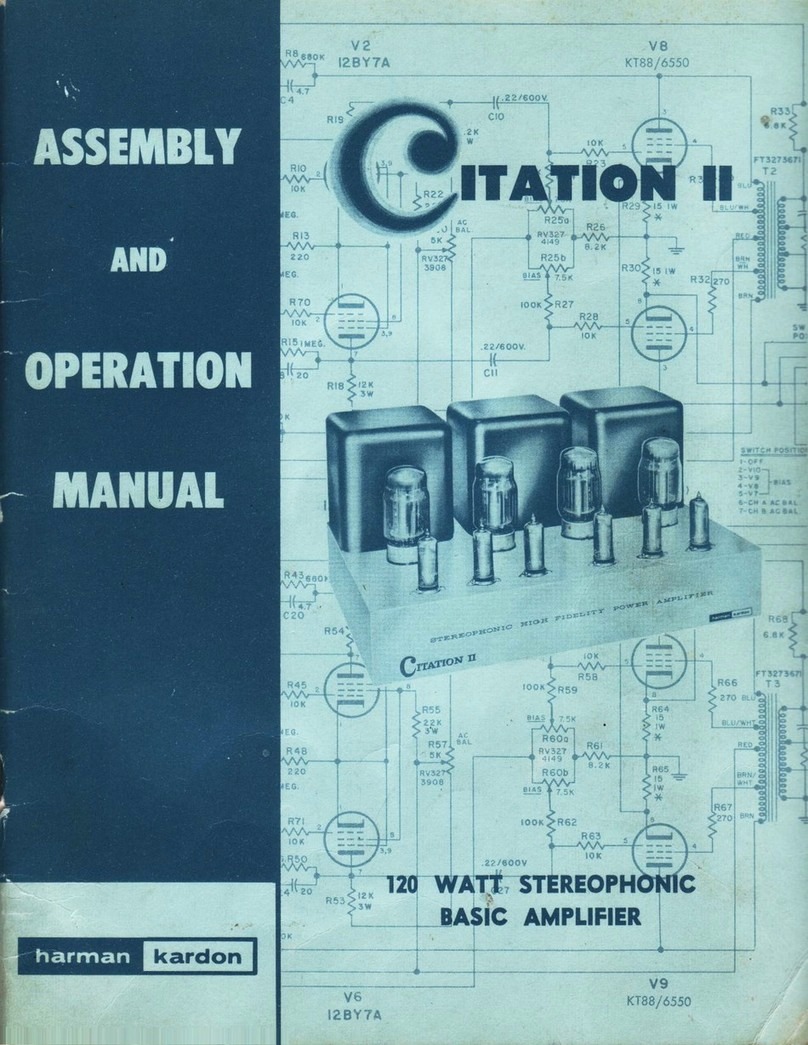
Harman Kardon
Harman Kardon Citation II Installation and operating instructions

Harman Kardon
Harman Kardon PA2400 User manual
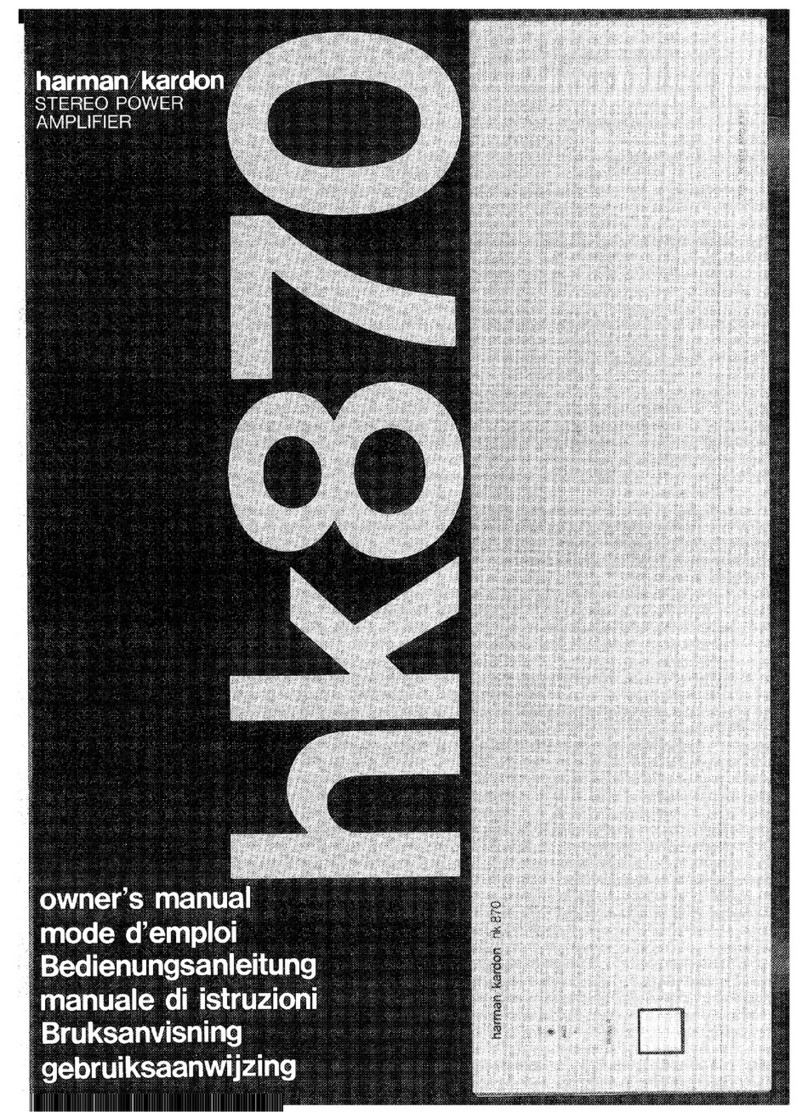
Harman Kardon
Harman Kardon HK870 User manual
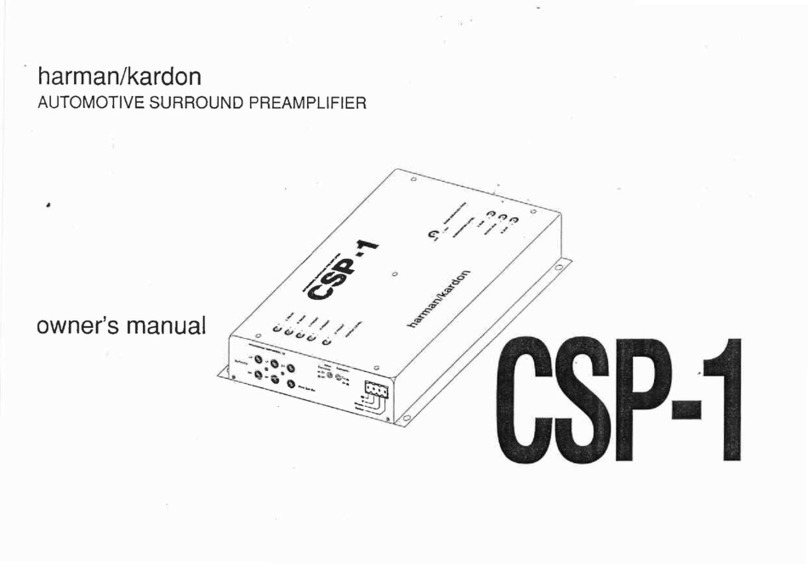
Harman Kardon
Harman Kardon CSP-1 User manual
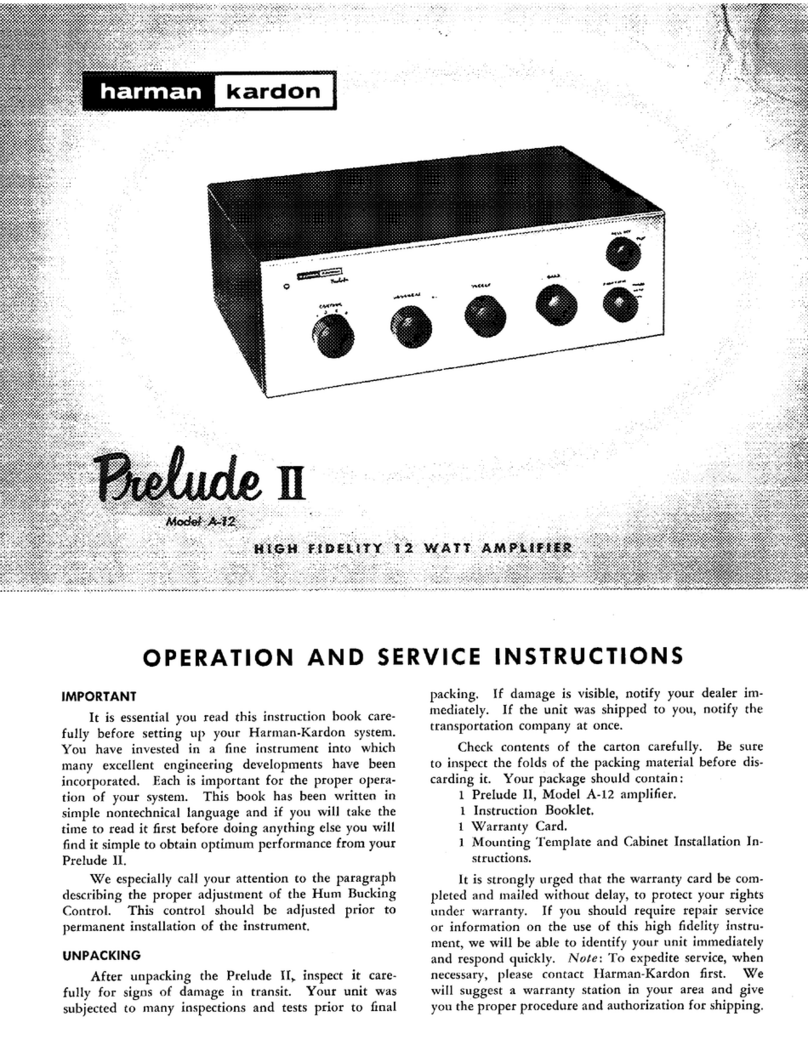
Harman Kardon
Harman Kardon A-12 Operation manual
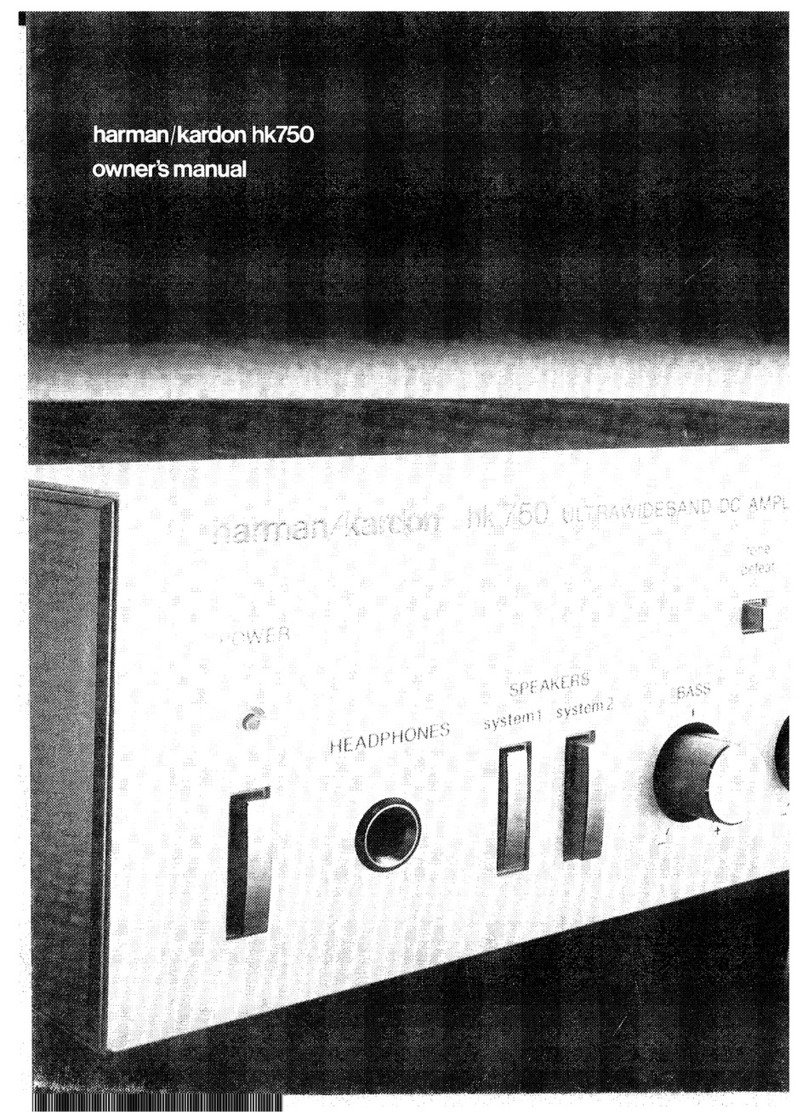
Harman Kardon
Harman Kardon HK750 User manual
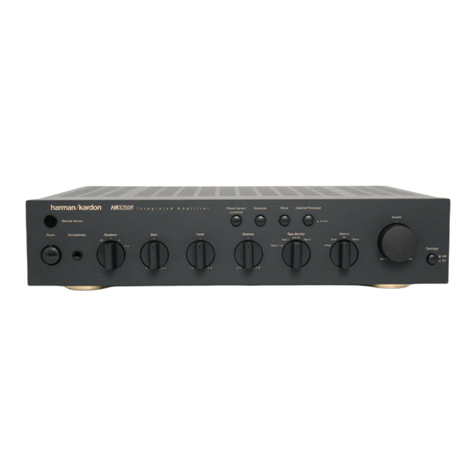
Harman Kardon
Harman Kardon HK6350R User manual
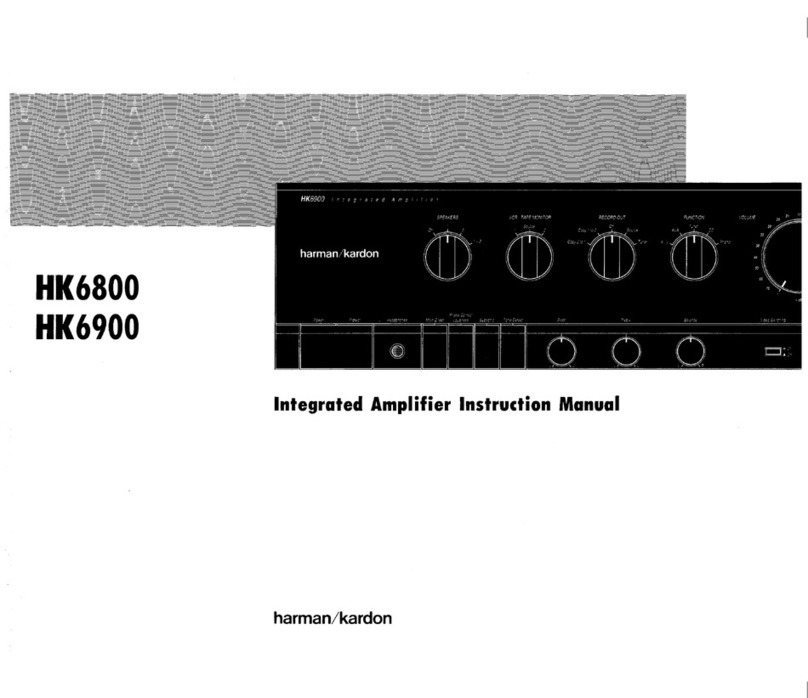
Harman Kardon
Harman Kardon HK6900 User manual
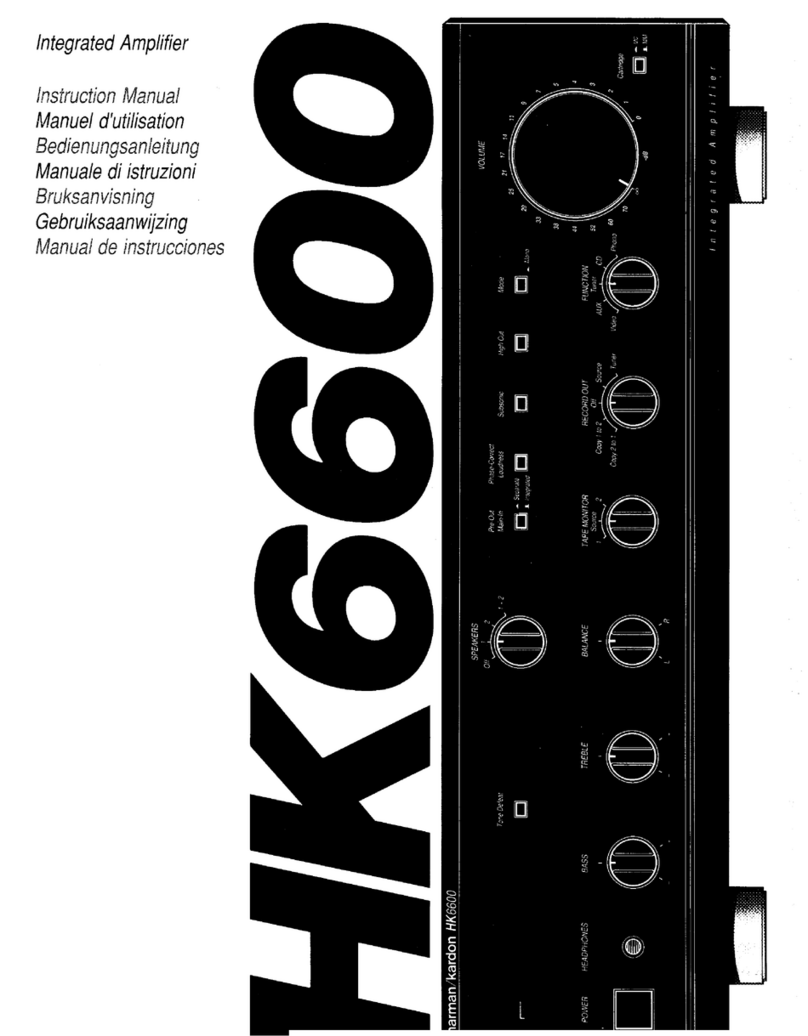
Harman Kardon
Harman Kardon HK6600 User manual
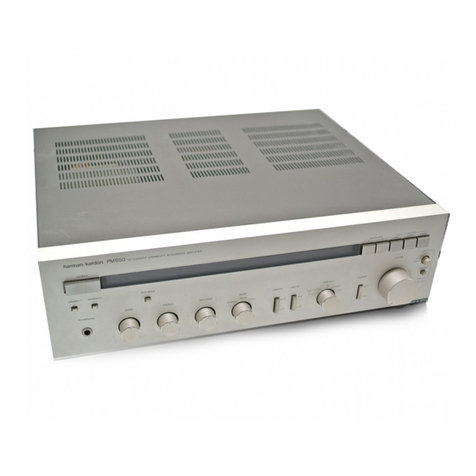
Harman Kardon
Harman Kardon PM650 User manual
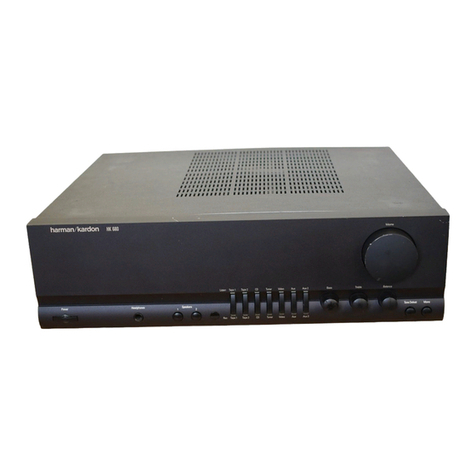
Harman Kardon
Harman Kardon HK680 User manual

Harman Kardon
Harman Kardon PM645 User manual
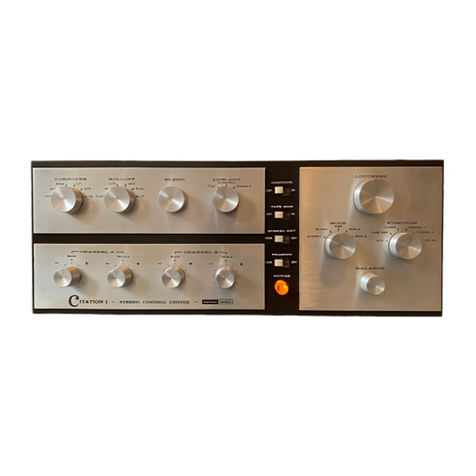
Harman Kardon
Harman Kardon CITATION I User manual

Harman Kardon
Harman Kardon CITATION 12 User manual
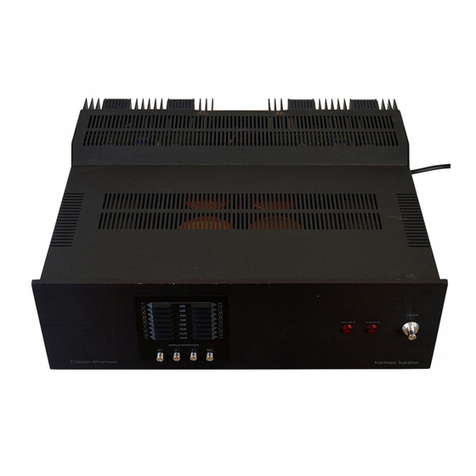
Harman Kardon
Harman Kardon The Citation Nineteen User manual

Harman Kardon
Harman Kardon PA 2000 User manual
